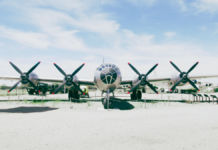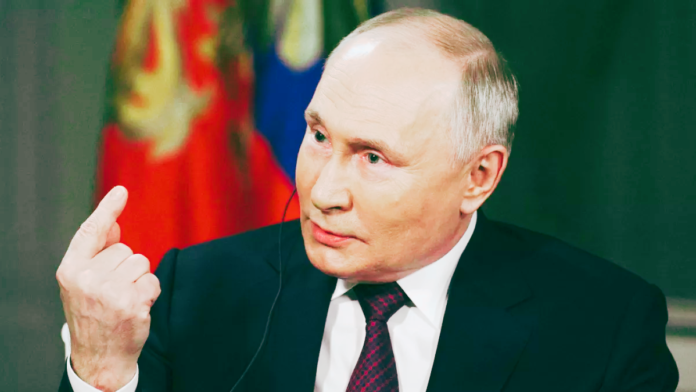Russian warships in Cuba, including a nuclear-powered submarine, made a dramatic entrance into the country’s harbor on Wednesday morning. This event underscores the strengthening bond between these Cold War allies.

A Grand Entrance of the Russian Warships in Cuba
The convoy’s leader was the Admiral Gorshkov frigate, one of Russia’s most advanced naval vessels. As it sailed into Havana harbor, it fired a 21-gun salute, a gesture reciprocated by Cuban cannons from a historic fort. This impressive display was followed by the arrival of the nuclear submarine Kazan, a rescue tug, and an oil tanker.
Spectacle for the Public
The arrival drew considerable attention. Locals and onlookers lined the seafront, witnessing this rare event. Russian diplomats and the local Russian community were present, waving flags and celebrating the ships’ arrival. Many Cubans expressed amazement, particularly at the sight of a submarine in the bay.
Docked and Ready for Tours
The four Russian warships in Cuba now occupy docks typically used by cruise liners. This visit is Russia’s most significant show of naval strength in Cuba in recent memory. Although the US has assessed that the Kazan is not carrying nuclear weapons, its presence is still a formidable show of force, just 90 miles from Florida.
Starting Thursday, Cubans will have the opportunity to tour the Admiral Gorshkov. This frigate, equipped for long-range missions and various combat scenarios, will be open to the public for four hours daily over three days.
Naval Drills En Route
Before arriving in Cuba, the Russian fleet conducted military drills in the Atlantic. Using high-precision missile systems, the crews practiced targeting simulated enemy ships over 600 km away, as reported by Russian state media.
Under US Surveillance
Since its journey began, the US Navy has closely monitored the Russian fleet. Ships, including the USS Truxtun and the USS Donald Cook, along with a P-8 Poseidon reconnaissance plane, have been deployed to track the Russian vessels. Canada has also contributed assets to this monitoring effort.
(more HTC News General Topics)
Routine Yet Tense
Despite the significant US surveillance, Pentagon and State Department officials have downplayed any immediate threat, labeling the Russian movements as routine. Cuba has reiterated that such visits are standard and not indicative of any regional threat.
Historical Context
Cuba’s welcoming of Russian ships harks back to its historical ties with Russia, dating to the Cold War, when it was a staunch Soviet ally. These ships’ arrival reflects deepening ties and highlights Cuba’s increasing dependence on Russian support amid its severe economic challenges.
Conclusion
The docking of Russian warships in Cuba vividly reminds us of the enduring alliance between Russia and Cuba. As these two nations showcase their military camaraderie, the world watches closely, mindful of the geopolitical ripples in this already tense era.























